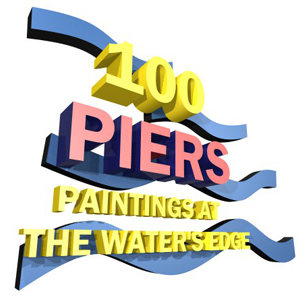Nice Pier, South of France
The British started visiting the south of France as a place of recreation in the second half of the nineteenth century, attracted by lovely beaches, the weather and the tranquillity of the area.
The wealthy would spend the winter there until it warmed up a bit too much for them in April, and then return to England. They took with them their own activities of golf, lawn tennis, croquet and afternoon tea. They went for the weather and the views, not for the locals or their culture. Queen Victoria took her own staff and food.
In 1820 the British funded the building of the Promenade des Anglais, so that their wives and daughters had somewhere to walk without having to come across any annoying locals.
The idea that spending winter away from damp England was good for your health was reinforced by the publication in 1870 of James Henry Bennett’s book – Winter and Spring on the Shores of the Mediterranean. It made Nice even more popular for the British looking for relief from the now widespread tuberculosis.
In the 1870s the council decided that Nice should have an impressive pier and casino. The project had the usual detractors and setbacks, a suspicious fire and so on, but finally opened in 1891.
The pier was a magnificent structure with a large dome covering a bandstand and concert hall. The design was clearly influenced by the Crystal Palace and Brighton Pavilion. The interior designs were a combination of Oriental styles and the whole structure lit up at night; it would have been an impressive sight.
Unfortunately, it had a short life of barely 50 years.
The German army closed it in 1942 and stripped it of anything of value. The government then ordered its destruction. The Nice Pier and Casino, shops, gaming rooms, theatre and restaurants were all demolished.
All that remains today is just a few bits of the metal structure.
Raoul Dufy painted the pier several times and it features in a few paintings by Matisse, although as neither painter is known for detail, they do not tell us much about it. Both artists are buried near each other in Cimiez, high above the port of Nice.

